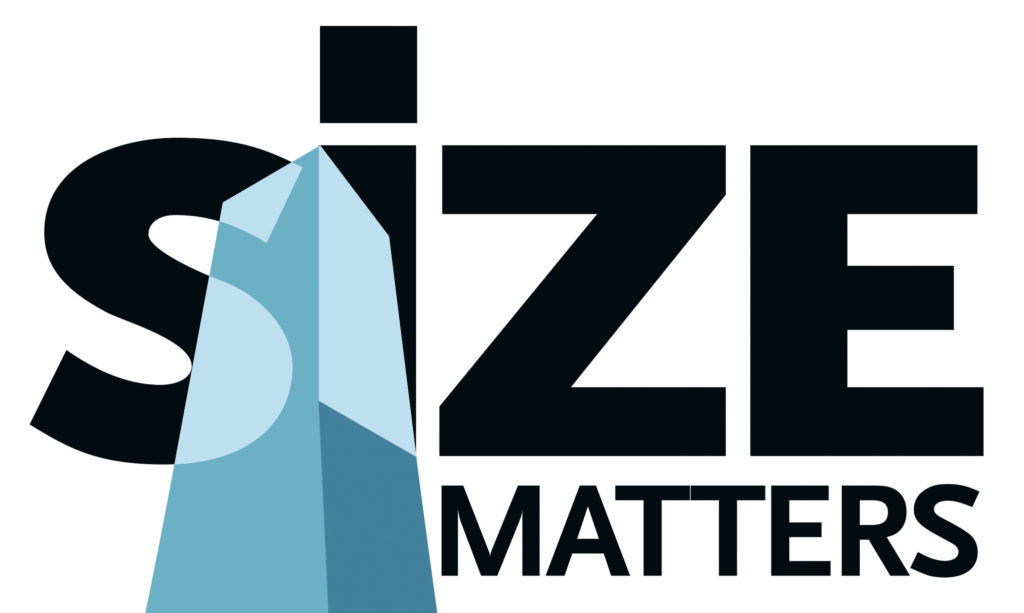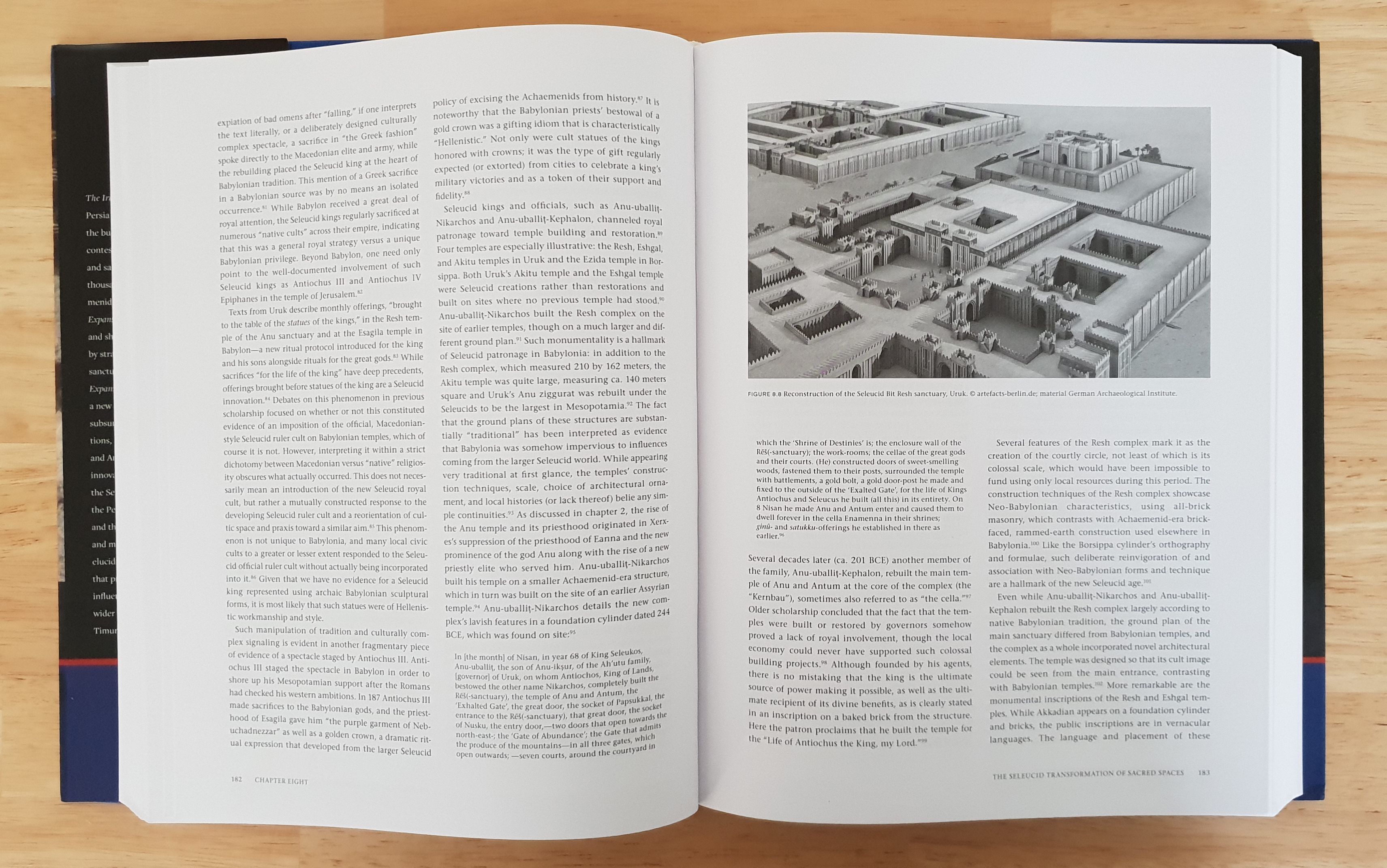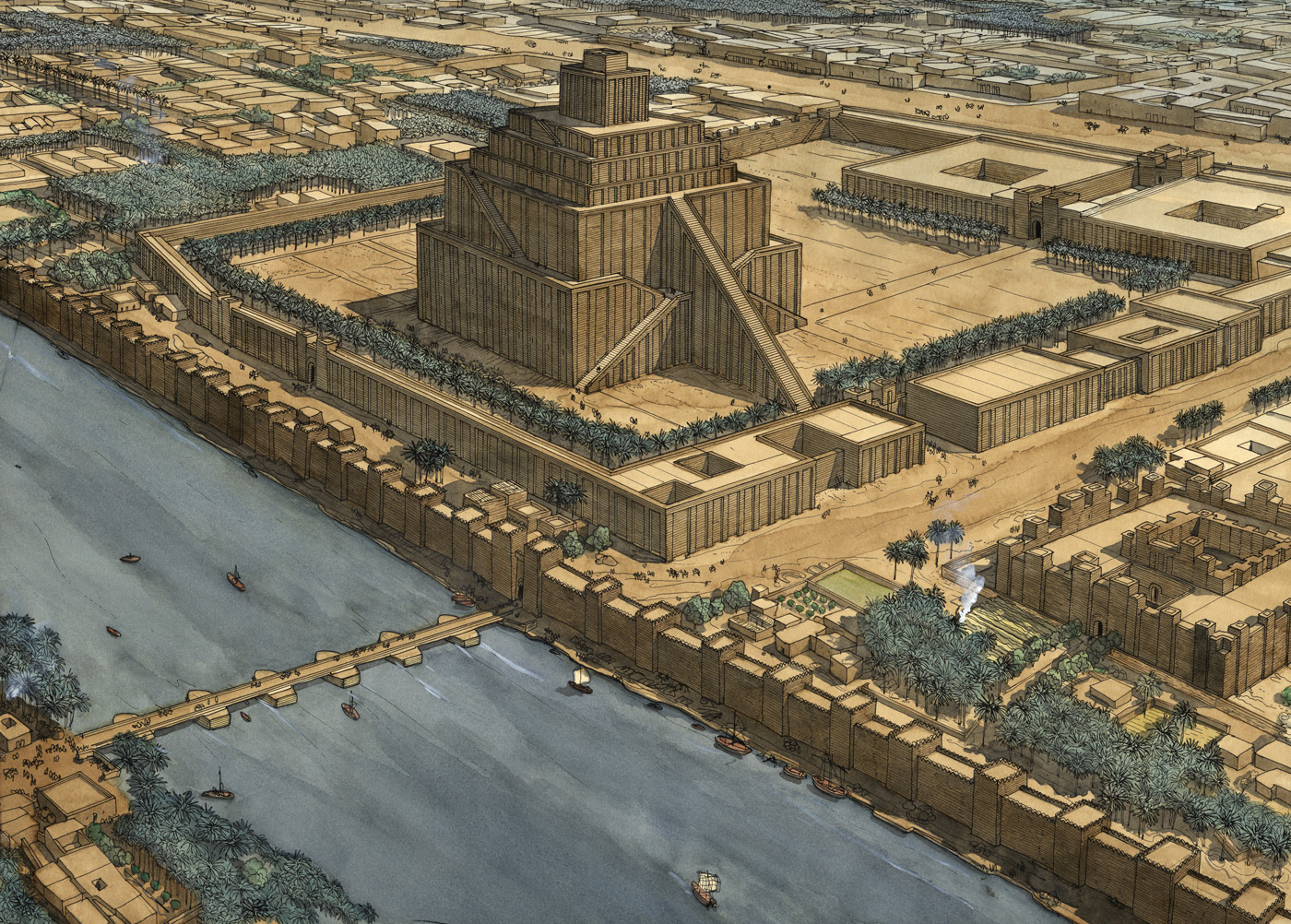 For the 50th anniversary issue of “Antike Welt”, a German Special-Interest magazine about archaeology, several reconstruction projects had been asked to contribute their recent results in form of a short article. The topics cover Mesopotamia, Greece, Rome and many more. 24 projects are combined in this extraordinary issue. We have been asked to contribute with two projects and while skimming through the issue, we recognized, that even a third project is presented.
For the 50th anniversary issue of “Antike Welt”, a German Special-Interest magazine about archaeology, several reconstruction projects had been asked to contribute their recent results in form of a short article. The topics cover Mesopotamia, Greece, Rome and many more. 24 projects are combined in this extraordinary issue. We have been asked to contribute with two projects and while skimming through the issue, we recognized, that even a third project is presented.
Currently, the visualisation of Pi-Ramesse, which we did for an exhibition in Karlsruhe 2016/17, is presented at the Cincinnati Museum Center in Ohio, USA. The exhibition is called “Egypt: The Time of Pharaohs”. It is displayed besides a replica of a chariot wagon and will be there until at least August 2019. The exhibition is part of a larger tour through North America. We are pretty happy to showcase our visualisations outside of Europe this time!
Ariane Thomas published a book called “Les peintures murales du palais de Tell Ahmar. Les coleurs de l’empire assyrien” with the Louvre. In it the wonderful wall paintings of Tell Ahmar (the ancient Til Barsib) are displayed and discussed. Til Barsib dates back to the 5th millennium BCE. The wall paintings however are from the Neo-Assyrian period (1st half of the 1st millennium BCE).
On page 141, a very old reconstruction of us is featured, where we put one particular wall painting in the reconstructed room of the palace. The publication is a wonderful catalogue of colored plates and in-depth articles about the site and its wall paintings. It is written in French and available as part of the Musée de Louvre Éditions.
In the current issue of the mainstream magazine “Welt der Wunder”, one of our illustrations got published. The article is a feature of Ramesses II. and on page 28 our reconstruction of Pi-Ramesse, the capital of Ramesses II., is used with the caption “The New York of Ancient Egypt”. The article is mainly about Ramesses life and how he got an actual passport in 1974, when transported to the Louvre in Paris to get some restoration work done. On the passport the profession “King (deceased)” was entered.
A couple years ago, we created a children’s illustration of an excavation for an exhibition. Over the years we got a lot of requests for this image and therefore decided at one point to do a high quality print. We still have a couple of them left and thought, maybe this might be a good last-minute present for christmas!

Next year, I will be part of a team of publishers that worked very hard the last couple months to complete a volume of interdisciplinary and international scholars concerned with the topic of monumentality.
Read MoreMatthew P. Canepa published “The Iranian Expanse. Transforming Royal Identity through architecture, landscape, and the built environment, 550 BCE-642 CE” and our reconstruction of the Seleucid Bit Resh is part of it! We are very happy about this publication and are even more happy to announce, that we will give away one copy of Canepas book! It is currently 88$ at Amazon, so you are welcome! You can participate via our Social Media channels, so make sure to follow us either on Twitter or Facebook. On either network, find the corresponding post and share it, that’s all. The give-away ends on the 15th of November 2018!
On the 12th and 13th of October 2018, the University of Cologne is hosting a two-day symposium on digital teaching in archaeology, called “Communicating the Past in the Digital Age“, short #ComPDA. Besides being one of the organisers (as I work at the university also), I will be giving a talk about the challenges of archaeological reconstruction.
I have talked a lot about the topic of archaeological reconstruction, either about reconstructions of the past (my PhD) or of the present (my work), but I never really compared them both. In addition, I also want to talk about the future developments in this field and what we can learn from the mistakes made in the past.
My talk will be on the first day, right before the first half of the symposium ends. You can see the whole programm here. There are international scientists of all fields related to teaching archaeology digitally and it looks like an awsome conference. If you want to attend as a guest, feel free to do so. There is no registration requiered and the symposium is open for all. If you do, make sure to say hi!
Jean-Claude Golvin is a French architect and archaeologist and former researcher of the French institution CNRS (Centre National de la Recherche Scientifique). He is THE specialist concerning archaeological reconstructions, of which he created over 1000 up until now and which are featured in numerous publications, exhibititions and lately computer games.
I recently posted an article about video games in the classroom on my other blog Archaeoinformatics.net. I think it suits this blog as well and I therefore invite you to give it a read. You’ll find the link below.
By the way, you should definitely have a look at the reconstructions of Assassin’s Creed Origins. They are incredible and besides the gameplay, it is a joy wandering though the world of Ancient Egypt. I also wrote a post on that same blog about the historical basis of that game and what we can learn about it. It is the first part of a – what I would hope – multipart series.
Videos Games in the classroom – Innovation or a waste of time?

Our colleagues from “Archäologische Illustrationen” in Berlin are starting a campaign to fund an archaeological colouring book. Although this is not a first, it seems that this is the first colouring book focused on high-quality motifs. We spoke with Anja, Conni, Martin and Viki to learn more about their project and what to expect.
If you wondered how the reconstruction of Piramesses came to live, you can find a very short article about it in the CIPEG journal. The article gives a short introduction into the site itself by the excavator Henning Franzmeier. The article closes with a description of the reconstruction of the site and some selected buildings:
“From the Nile Delta to Karlsruhe: Or How to Present Mud Bricks in an Exhibition” by F. Franzmeier and S. Hageneuer












